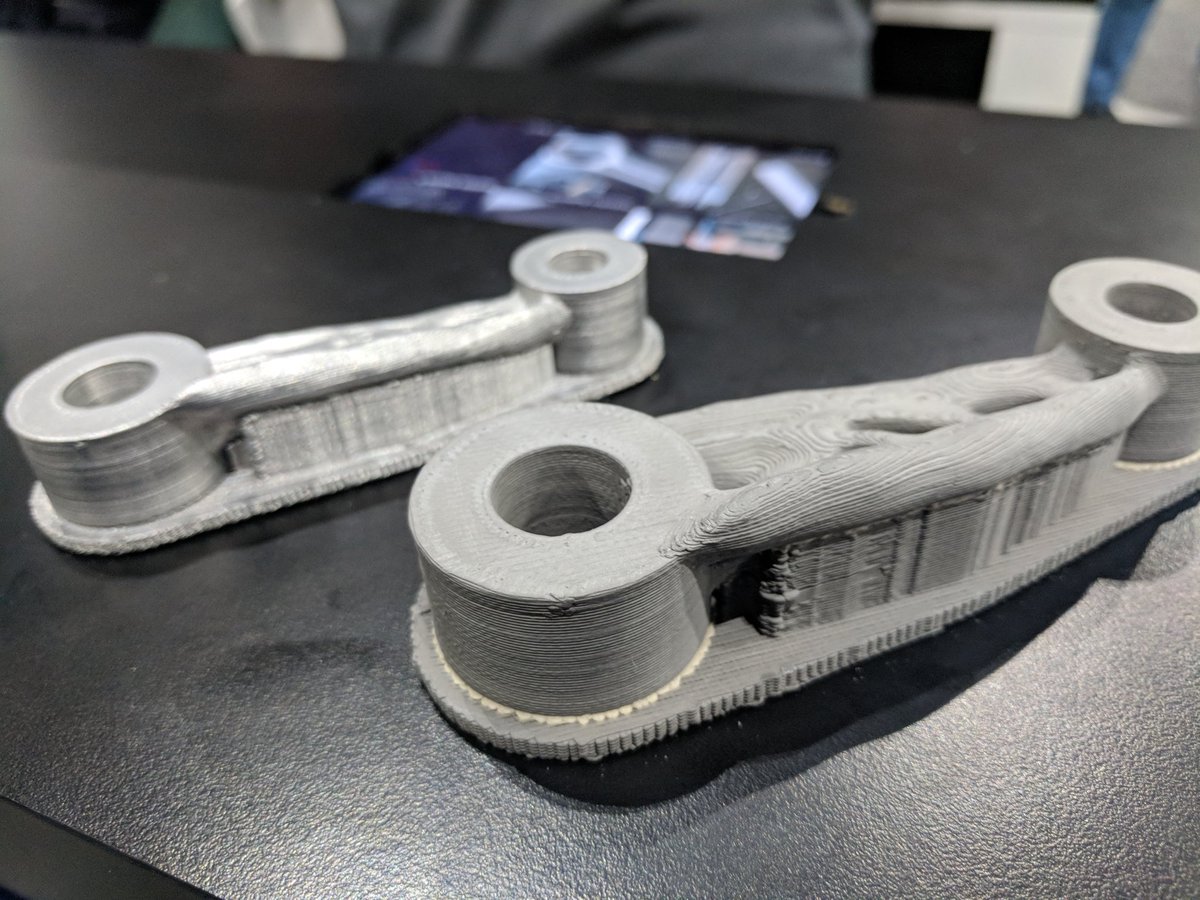Desktop Metal, an award-winning metal 3D printer manufacturer based in Burlington, Massachusetts, has debuted an updated version of its generative design platform Live Parts.
Live Parts 1.5 includes a new seed cell feature, Connections, which automatically links fixed and forced surfaces of a 3D model, creating faster, more efficient 3D model outputs. Rather than working with predetermined shapes, Live Parts software produces parts “from the ground up” by growing seed cells, miniscule blocks that control the output of a CAD file.
“It’s a totally different approach to the way things are created because it’s not generating many different designs randomly,” explained Andy Roberts, Software Engineer at Desktop Metal and Creator of Live Parts,” instead it’s creating by developing a seed cell into an organism an is optimized for its environment.”
Like plants or animals, Roberts adds,
“Its constantly adapting to changes in the environment and changes in the forces then it creates lightweight parts that are strong and fatigue resistant.”
Generative design and 3D printing
At SOLIDWORKS WORLD 2018 Desktop Metal showed first version of its Live Parts software, which has been made in collaboration with Dassault Systèmes.
Still in development, Live Parts is described as “an experimental technology that applies morphogenetic principles and advanced simulation to auto-generate part designs in minutes.” This generative design platform was created to enable users to speedily realize the full potential of additive manufacturing with material and cost efficiency, as well as design flexibility.
Operating from a set of predetermined factors, such as size, purpose and weight, generative design allows its users to automatically create a variety of 3D model designs with minimal human input. The new Connections feature in Live Parts 1.5 gives its users the option to both manually or automatically join otherwise separated surfaces of a part, resulting in more novel design outputs.

Generative design versus traditional manufacturing
As an example use case of Live Parts, Desktop Metal engineers have created a lever, applying material only to support the areas where a pushing force is typically applied. By considering such real-world functionalities, the 3D printed lever can be produced with differing structures that tolerate stress in certain areas while remaining lightweight in others.
“We wanted to give the designer a tool that they could use to redesign their parts, or to design their parts from the ground up for additive manufacturing and for functionality,” said Jonah Myerberg, CTO at Desktop Metal.

Looking for the latest news in 3D printing? Subscribe to the 3D Printing Industry newsletter. Also, follow us on Twitter, and like us on Facebook.
On the lookout for new talent or seeking a career change? Search and post 3D Printing Jobs for opportunities and new talent across engineering, marketing, sales and more.
Featured image shows the Connections feature in Live Parts 1.5 using seed cells to connect surfaces. Clip via Desktop Metal.


